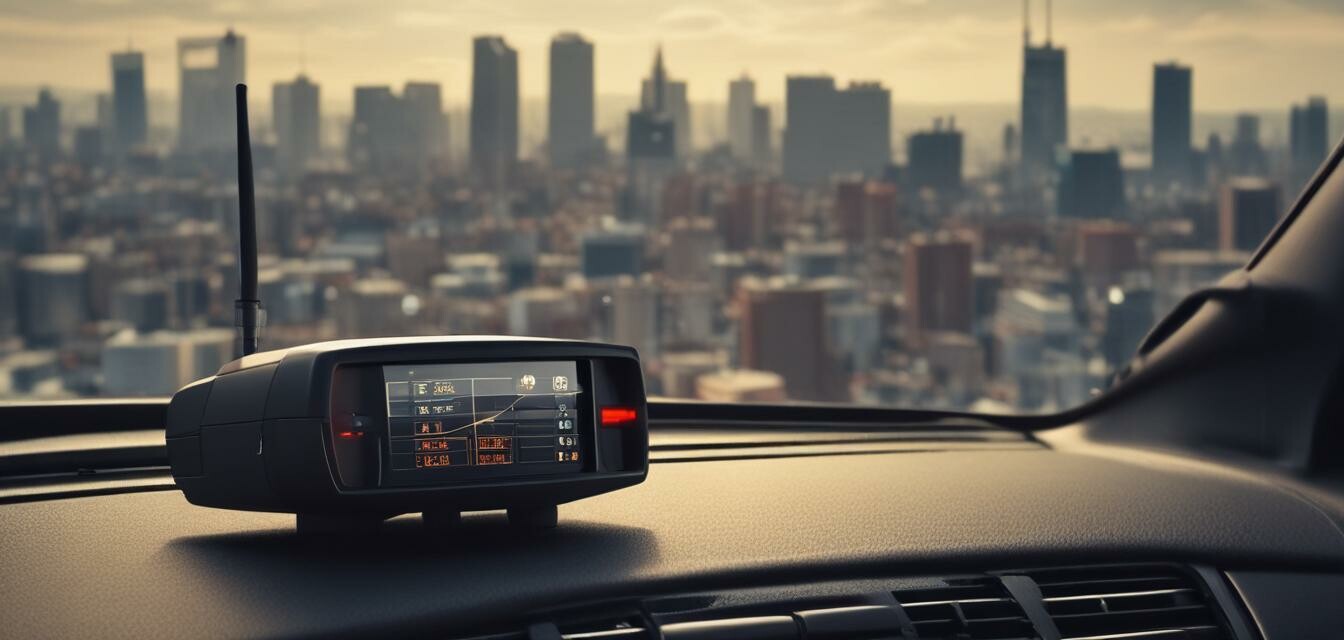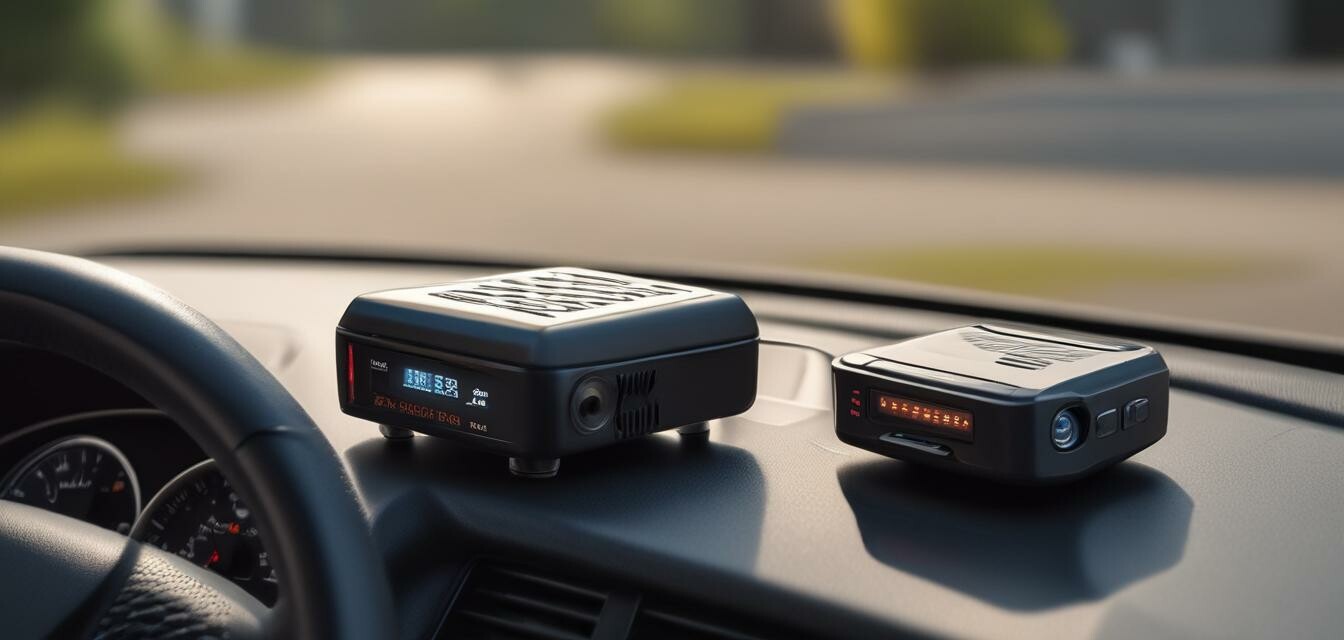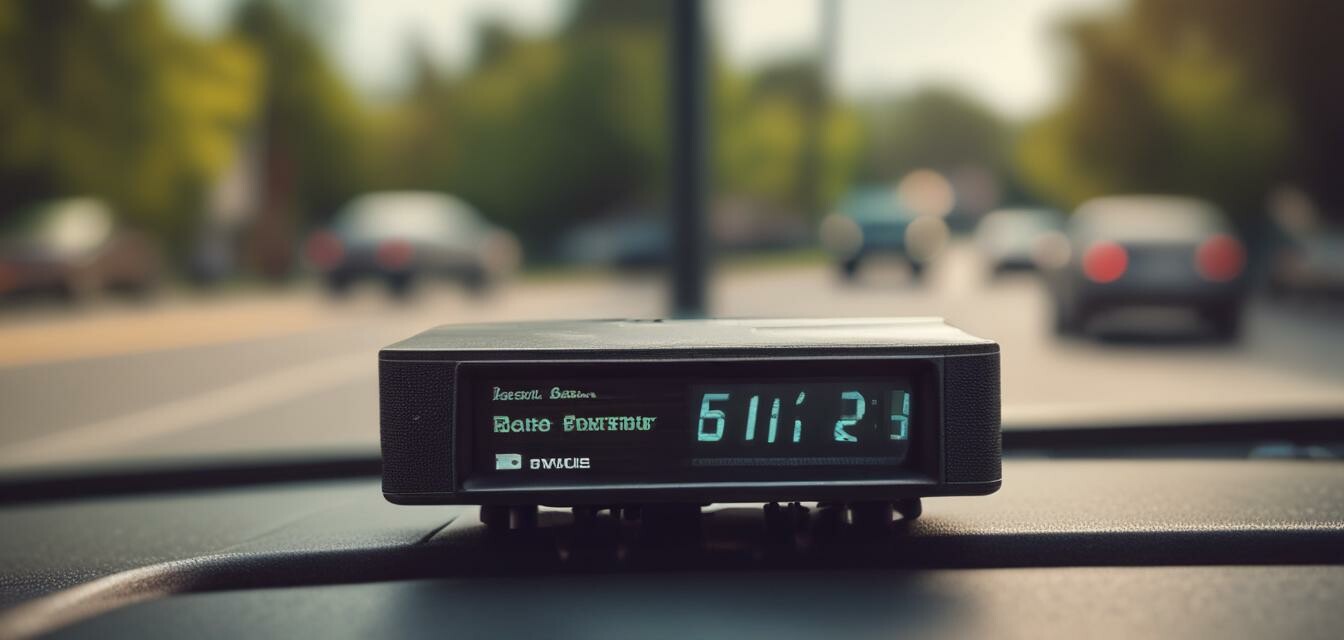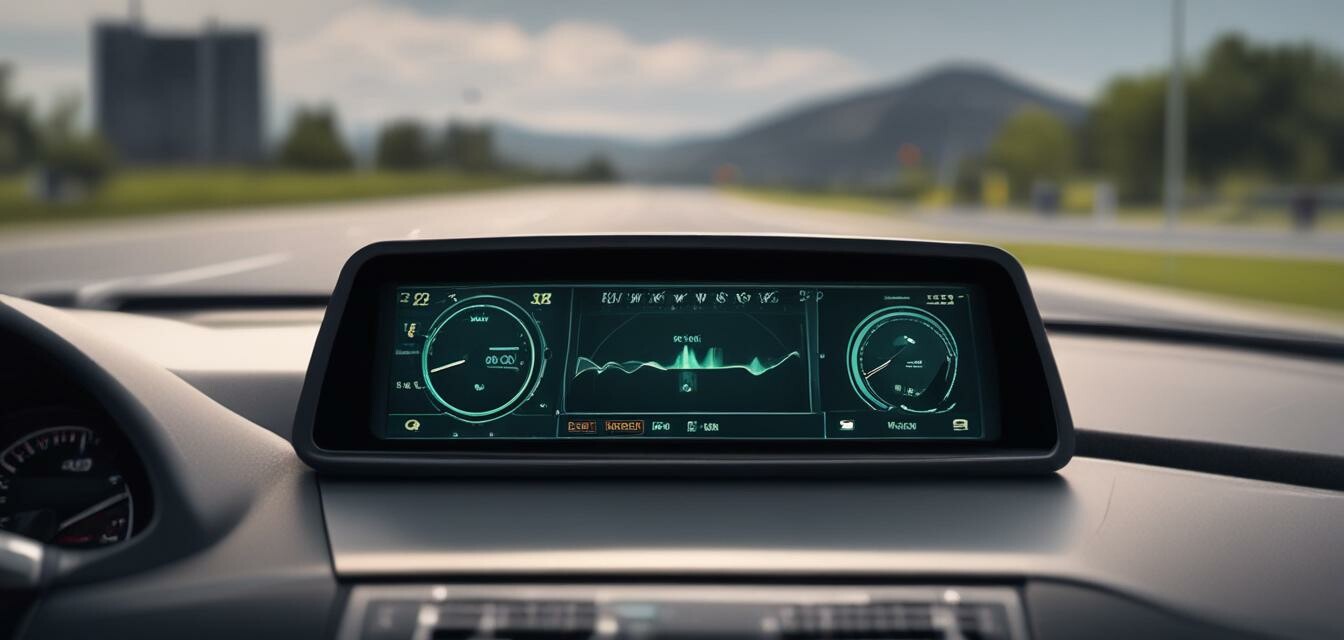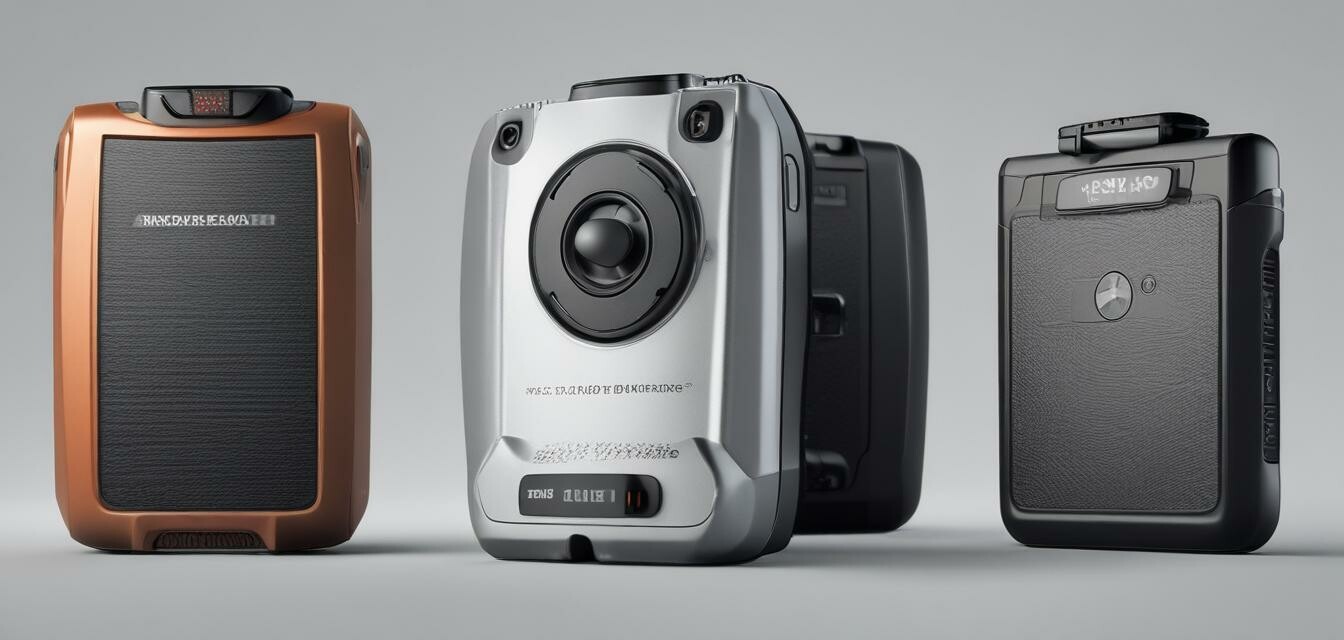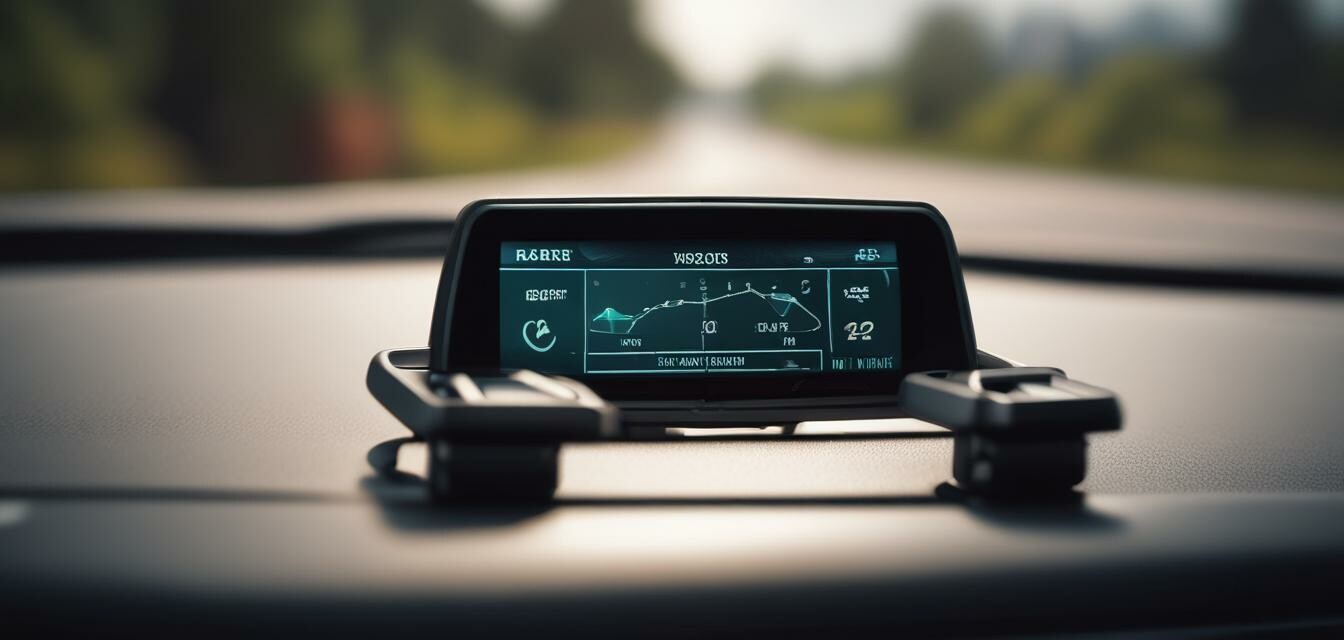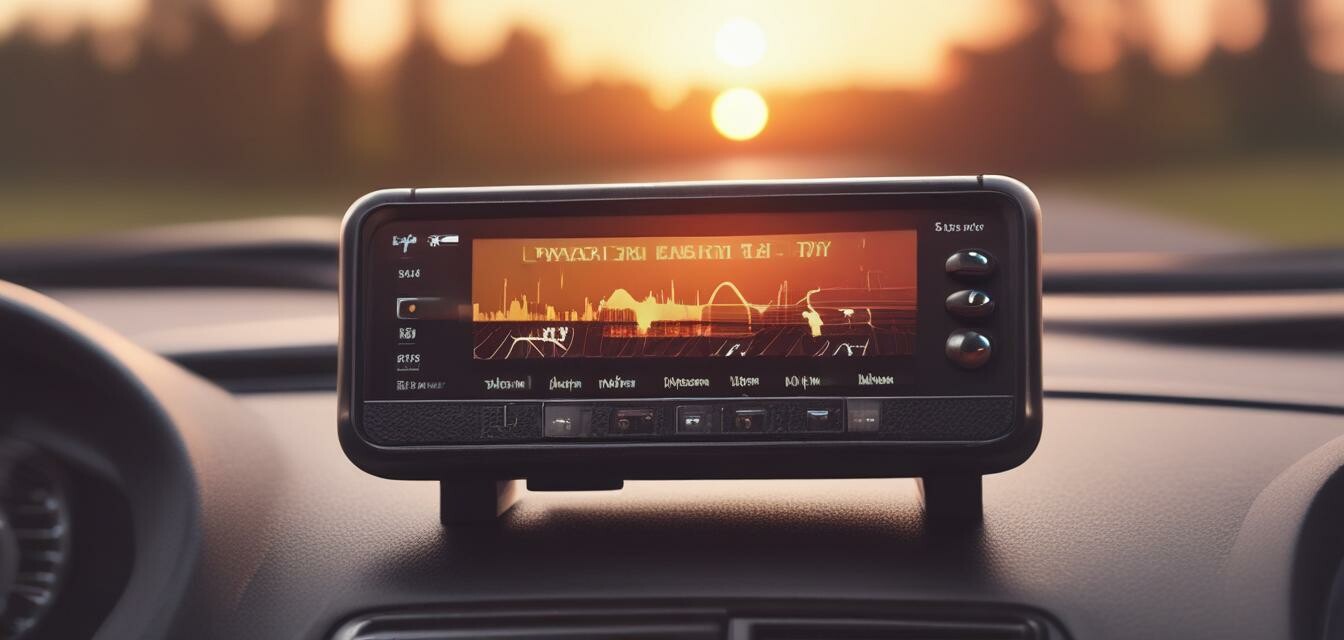
Introduction to Radar Detectors
Welcome to Radar Catcher! In this comprehensive beginner's guide, we aim to help you understand the essentials of radar detectors, their functionality, and how they can enhance your driving experience. Whether you're a first-time user or someone who wishes to refresh your knowledge, this guide has something for everyone.
Key Takeaways
- Radar detectors help detect police radar signals to warn drivers of upcoming speed traps.
- Understanding different types of radar detectors can help you choose the right one for your needs.
- Installation and usage are generally straightforward, making it accessible for beginners.
- Advanced features like GPS integration can increase the effectiveness of your device.
- Regular updates ensure your radar detector is effective against evolving technologies.
What is a Radar Detector?
A radar detector is an electronic device that detects radio waves emitted by police radar guns. This allows drivers to be alerted in advance about speed enforcement locations, which helps them to adjust their speed accordingly. The primary function of radar detectors is to enhance driver awareness and provide safety while driving.
How Do Radar Detectors Work?
Radar detectors operate by receiving radar signals from police radar guns. Here’s a simplified process of how they work:
- The police use radar guns that emit electromagnetic waves.
- When a vehicle passes by, the radar waves bounce back to the gun.
- The radar detector picks up the bounced signal.
- The detector then alerts the driver via visual or audible warnings.
Types of Radar Detectors
Understanding the different types of radar detectors is crucial to making an informed choice. Below is a comparison of the main types:
| Type | Features | Pros | Cons |
|---|---|---|---|
| Basic Radar Detectors | Detects X, K, and Ka bands | Cost-effective, user-friendly | Limited range, may not catch all signals |
| GPS Radar Detectors | Offers alerts for fixed speed cameras | More accurate, many additional features | Generally more expensive |
| Laser Detectors | Detects laser signals from LIDAR guns | High sensitivity, alerting speed traps | Can be expensive, may miss radar signals |
| Multiband Radar Detectors | Detects multiple bands, including K and Ka | Versatile and reliable for various signals | Higher price point, more complex |
Installation and Setup
Once you've chosen a radar detector, the next step is to install and set it up correctly. Here's a simple guide to assist you:
Installation Guide
- Choose a suitable location on your car’s dashboard or windshield.
- Make sure the detector is unobstructed and properly aligned.
- Use the suction cups or adhesive mounts provided to secure the device.
- Connect the power cord from the radar detector to your vehicle's power outlet.
Basic Setup
After installation, you will need to configure some basic settings:
- Set the volume level for alerts.
- Choose the units of measurement (mph or km/h).
- Turn on or off features like GPS filtering or auto mute.
Radar Detector Features to Consider
When shopping for a radar detector, consider these important features:
- Detection range: Look for a model with excellent detection capabilities to enhance safety.
- GPS functionality: It can alert you to fixed speed cameras and red-light cameras.
- User interface: A clear display and easy-to-use controls are essential for hassle-free operation.
- Filtering technology: Features that filter out false alerts from other devices can significantly improve reliability.
Pros and Cons of Using Radar Detectors
Pros
- Increased awareness of speed traps and law enforcement activities.
- Helps in avoiding potential speeding tickets.
- Many models come with additional features like GPS and advanced filtering.
Cons
- Some users may rely too heavily on radar detectors.
- Not all states in the U.S. permit the use of radar detectors.
- They can provide false alerts due to other electronic signals.
Maintaining Your Radar Detector
To ensure optimal performance, regular maintenance is important. Here are some maintenance tips:
- Regularly clean the detector to remove dust and grime, which can reduce sensitivity.
- Update the firmware as manufacturers often release updates to improve functionality.
- Check for loose wiring or connections that could affect performance.
Frequently Asked Questions
Are radar detectors legal everywhere?
Radar detectors are not legal in all states or countries. Research local laws before purchasing or using one.
Do I need a high-end model?
If you're a beginner and mainly drive in urban areas, a basic model may be sufficient. However, if you frequently travel on highways, consider a more advanced detector.
Can a radar detector still work in the age of laser speed enforcement?
Yes, laser radar detectors can help, but it's essential to understand that they may not detect all types of speed enforcement technology.
Conclusion
Radar detectors can greatly enhance your driving experience by providing alerts about potential speed traps. When selecting your device, consider the type, features, and legality in your area to make a well-informed decision. We hope this guide has provided you with a clearer understanding of radar detectors.


